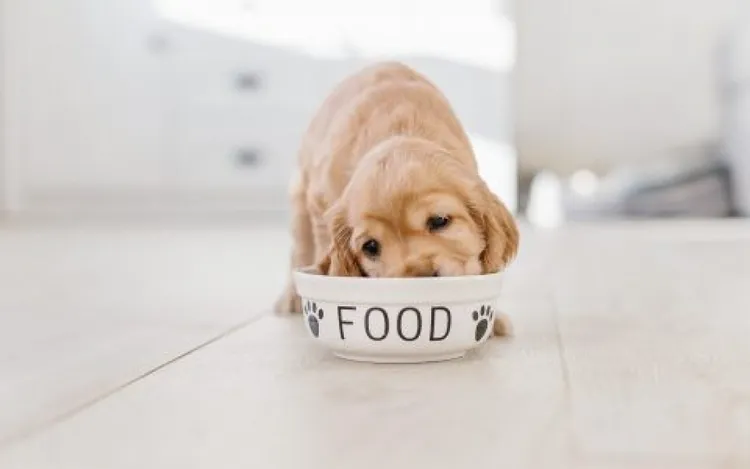What are the common dog bowl cleaning mistakes that can get us and our pet seriously ill? Has it occurred to you that you may be cleaning your dog’s bowl in a wrong way? What are the negative effects on your and your canine companion’s health? How to keep proper hygiene? We shall answer all these questions in this article, so read on!
How Dog Bowl Cleaning Mistakes Affect Human and Canine Health?
If you don’t wash your dog bowl for several days, you run the risk of spreading dangerous bacteria and foodborne illness. Looking after a pet requires care, attention and devotion. The Food and Drug Association (FDA) published a study on the impact of hygiene and the possible effects of both human and dog health. Surprisingly, as per the experts of FDA “the vast majority of study dog owners were not aware of and did not follow FDA pet food handling and storage guidelines.”
Dog bowl cleaning mistakes create a favorable environment for harmful bacteria like salmonella and listeria. FDA warns that as a result of such dog food dish contamination humans and pets may suffer from “diarrhea, fever, abdominal cramps or pain, nausea in humans, pregnant women, children, adults over 65 years of age, and people with weakened immune systems.”
How to Clean Dog Bowls Properly?
If you have a canine pet, you need to provide a suitable dog bed and organize proper care and hygiene. Do not allow your dog eating from dirty dishes. Very often dog bowls are covered with dust, particles of dirt from the paws and pet saliva. In the worst case, it will get poisoned or become infected. That is why it is very important to avoid dog bowl cleaning mistakes. The frequency of cleaning pet dishes depends on the food used as well as some other factors.
How to wash pet bowls properly? It is recommended to wash animal dishes separately, in a large basin or in the sink in the bathroom. In case you use the kitchen sink, make sure that you disinfect it afterwards. Disinfection can be done with bleach – simply add a spoonful of bleach to 4 liters/1 gallon of water and rinse the sink.
If you wash your dog’s bowl by hand, pre-soak it for 10-15 minutes in warm water with a spoonful of dish detergent. After that, rub thoroughly with a sponge and rinse under running water.
Can You Wash Dog Bowls in a Dishwasher?
Yes, you can. Due to the fact that the water temperature in the dishwasher is higher, all impurities are eliminated, bacteria will die and the dog dishes are better disinfected.
How Often to Wash Your Dog’s Bowl?
The answer is very simple – wash your dog’s bowl right after eating. Why? In dog food, just like in human food, bacteria appear after a long period of storage. This applies to all foods, even dry ones. If dry food can be stored at room temperature, then wet and semi-moist food must be stored in the refrigerator after opening the canned food. It is not recommended to leave such foods in your pet’s bowl for more than two hours. Since pets eat straight from the bowl, the germs and bacteria that normally live in your pet’s mouth can remain on the bowl.
Here are some general recommendations how to avoid dog bowl cleaning mistakes.
- Bowls with scratches should be replaced with new ones as soon as possible. If you use scratched or damaged bowls, food particles will be accumulated in the cracks, which favors the pathogenic microorganisms development.
- It is recommended to use ceramic or porcelain utensils rather than plastic ones as they are more durable and tolerate frequent washing. Such bowls are suitable for any type of food.
- Avoid metal dog dishes unless they are made of stainless steel. Metal bowls oxidize and rust.
- No matter how carefully the owners wash plastic bowls, the smell of food will remain. Such dishes are easily scratched, and food particles remain in the scratches, which favors the growth of bacteria.
Look at FDA’s Tips for Safe Handling of Pet Food and Treats which you can follow to avoid the risk of illness from contaminated pet food.








